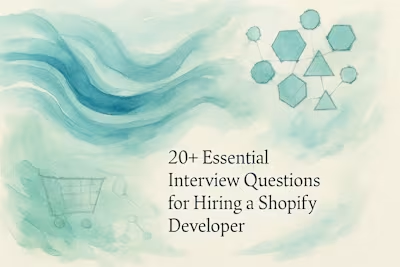Time Management Secrets for Shopify Freelancers: Never Miss a Deadline

Time Management Secrets for Shopify Freelancers: Never Miss a Deadline
The Art of Planning and Prioritization
Creating Realistic To-Do Lists
The Eisenhower Matrix: Urgent vs. Important
Time Blocking for Deep Work
Essential Tools for Freelancer Productivity
Project Management Software
Time Tracking Applications
Communication and Scheduling Tools
Setting Realistic Deadlines and Managing Expectations
The Buffer Rule: Always Add Extra Time
Communicating Timelines to Clients
Protecting Your Time: Setting Boundaries
Defining Your Work Hours
Learning to Unplug
Conclusion
References
Time Management Secrets for Shopify Freelancers: Never Miss a Deadline
The Art of Planning and Prioritization
Creating Realistic To-Do Lists
The Eisenhower Matrix: Urgent vs. Important
Time Blocking for Deep Work
Essential Tools for Freelancer Productivity
Project Management Software
Time Tracking Applications
Communication and Scheduling Tools
Setting Realistic Deadlines and Managing Expectations
The Buffer Rule: Always Add Extra Time
Communicating Timelines to Clients
Protecting Your Time: Setting Boundaries
Defining Your Work Hours
Learning to Unplug
Conclusion
References
Posted Jul 4, 2025
Unlock time management secrets for Shopify freelancers. Learn to juggle multiple projects, meet every deadline, and boost your productivity with our expert tips and tools.










